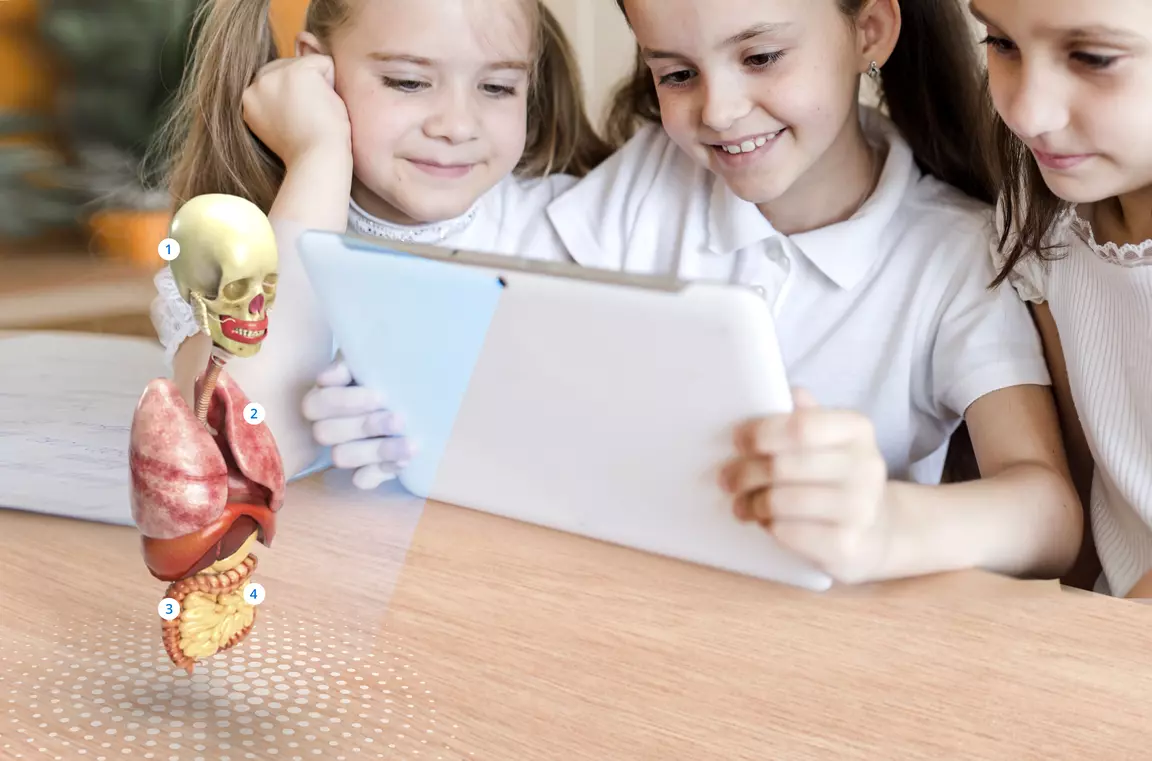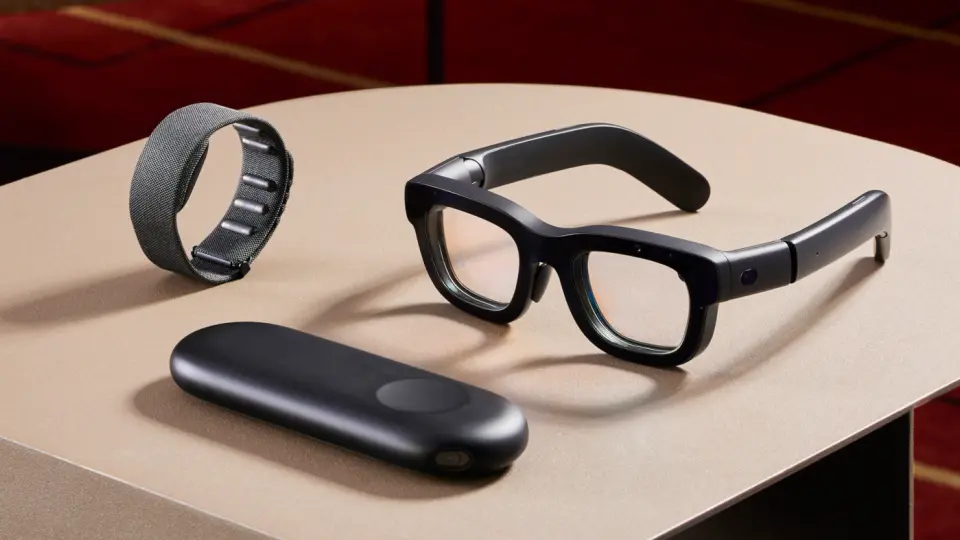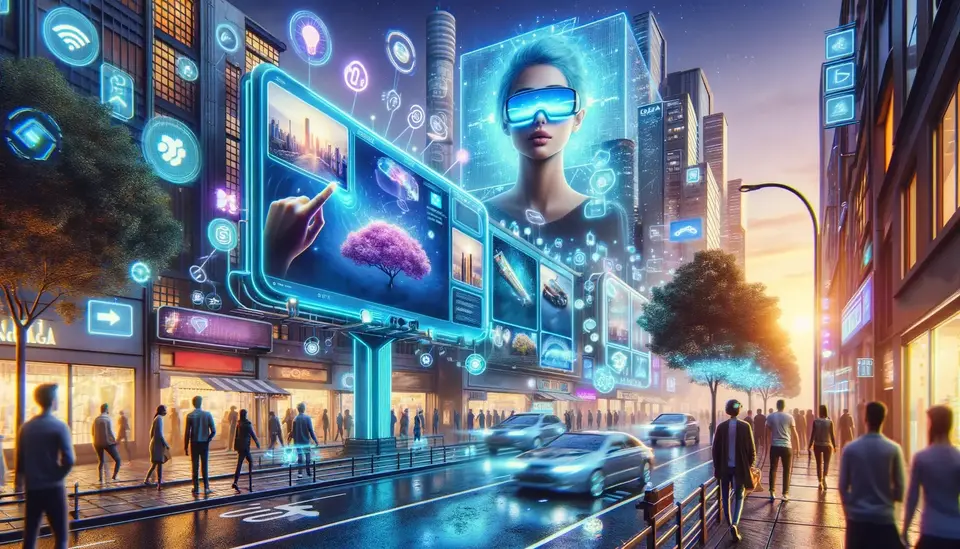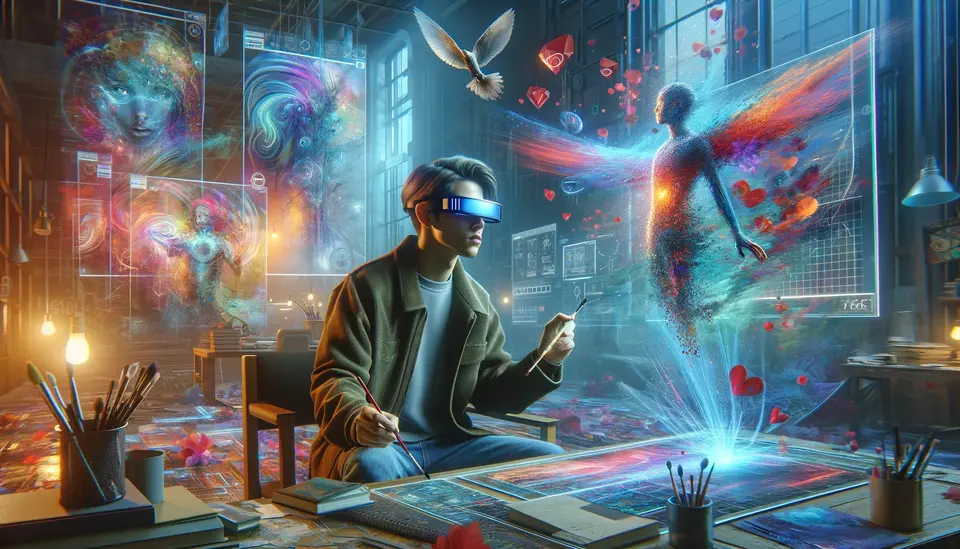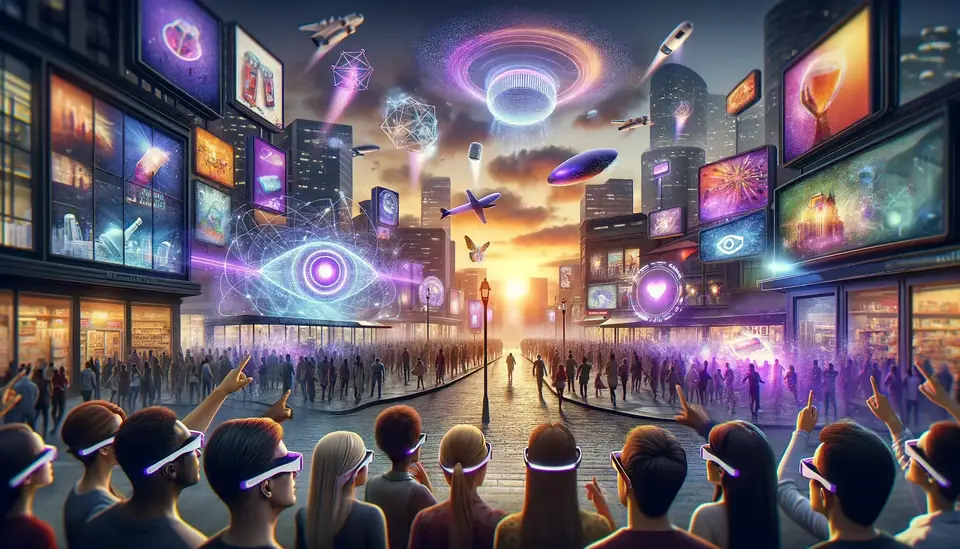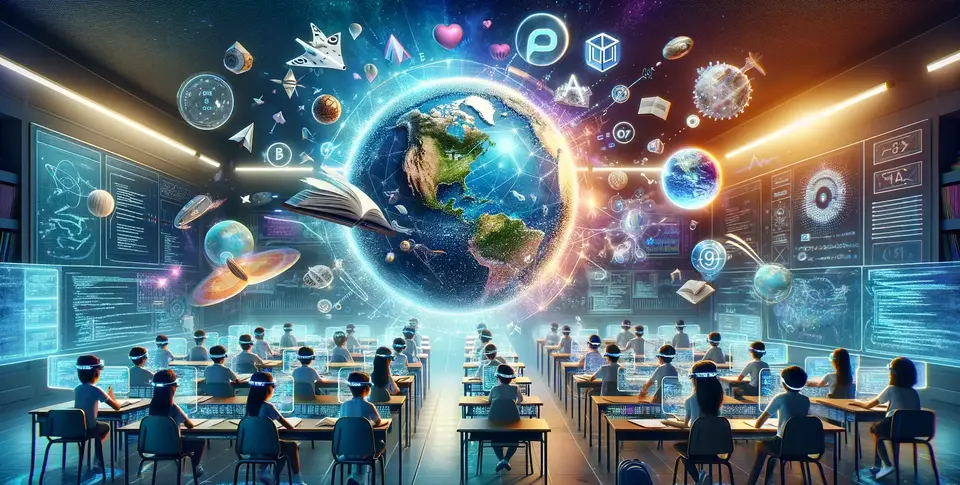How Augmented Reality (AR) can improve online learning?
Posted on April 17, 2023 3 minutes 509 words
Table of contents
As technology continues to evolve, online learning has become an essential part of education. One such technology, Augmented Reality (AR), has the potential to revolutionize the way we approach online education. By overlaying digital content onto the physical world, AR can create immersive, interactive, and customizable learning experiences. In this blog post, we’ll explore how AR can enhance online learning and how it could shape the future of education.
Immersive Learning Environments
One of the most significant benefits of AR is its ability to create immersive 3D environments that keep students engaged and help them retain information more effectively. For example, virtual labs can allow students to perform experiments without physical limitations or safety concerns. Students can also “visit” historical sites or art galleries, enabling them to explore these locations without leaving their homes.
Enhanced Interactivity
AR technology can make online learning more interactive by allowing students to manipulate virtual objects, promoting hands-on learning experiences. This increased interactivity fosters critical thinking and problem-solving skills, essential for success in today’s workforce. From exploring the inner workings of a cell to assembling a virtual engine, AR brings concepts to life, making learning more dynamic and enjoyable.
Customizable Learning Experiences
AR can be tailored to individual learning styles and needs, providing personalized learning experiences. With adaptive learning systems, content can adjust in real-time based on a student’s performance, ensuring they receive the right support and challenges to optimize their learning journey.
Collaboration and Social Interaction
Despite being physically separated, AR can facilitate collaboration and social interaction between students and teachers. By using avatars, virtual classrooms, and shared workspaces, students can work together on projects and communicate with teachers as if they were in the same room, fostering a sense of community and connection.
Increased Accessibility
AR can make education more accessible to people with disabilities or those living in remote areas. Real-time translation can break language barriers, while visually impaired students can benefit from customizable interfaces and haptic feedback. As AR technology becomes more widespread, it will open doors for learners who may have been previously excluded from traditional educational settings.
Real-World Application
AR can bridge the gap between theoretical knowledge and practical skills. Medical students can practice surgical techniques using virtual simulations, while architecture students can visualize and manipulate building designs in 3D. These real-world applications make it easier for students to apply their knowledge and develop job-ready skills.
Challenges and Future Developments
Despite its potential, AR faces challenges, including cost, privacy concerns, and technical limitations. However, ongoing research and development aim to address these issues, making AR more accessible and practical for educational use. As technology continues to improve, we can expect to see even more innovative and exciting applications of AR in online learning.
Conclusion
Augmented Reality has the power to transform online learning experiences, making them more immersive, interactive, and accessible. By embracing this cutting-edge technology, educators, institutions, and policymakers can help shape the future of education and prepare students for success in an increasingly digital world.

